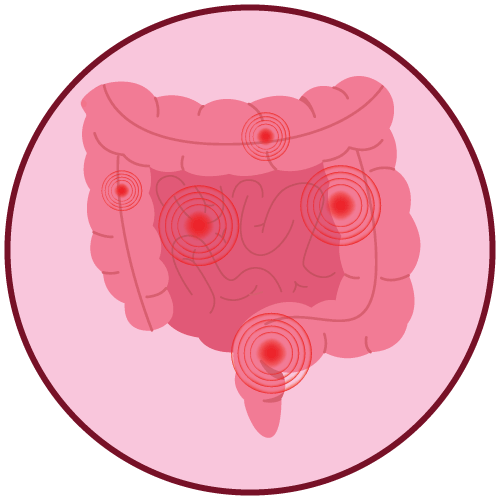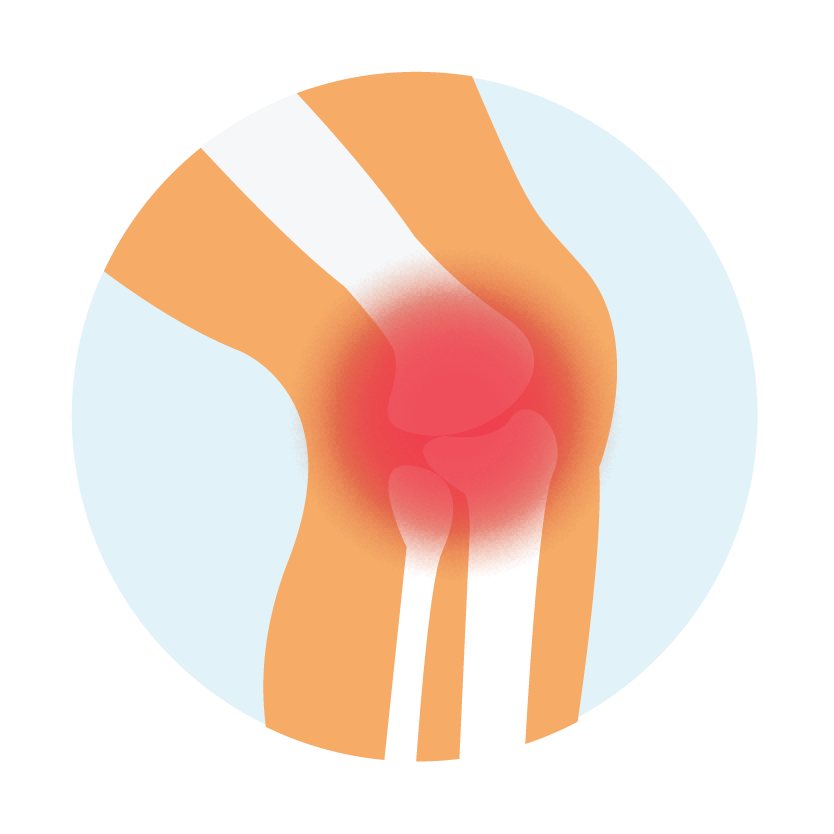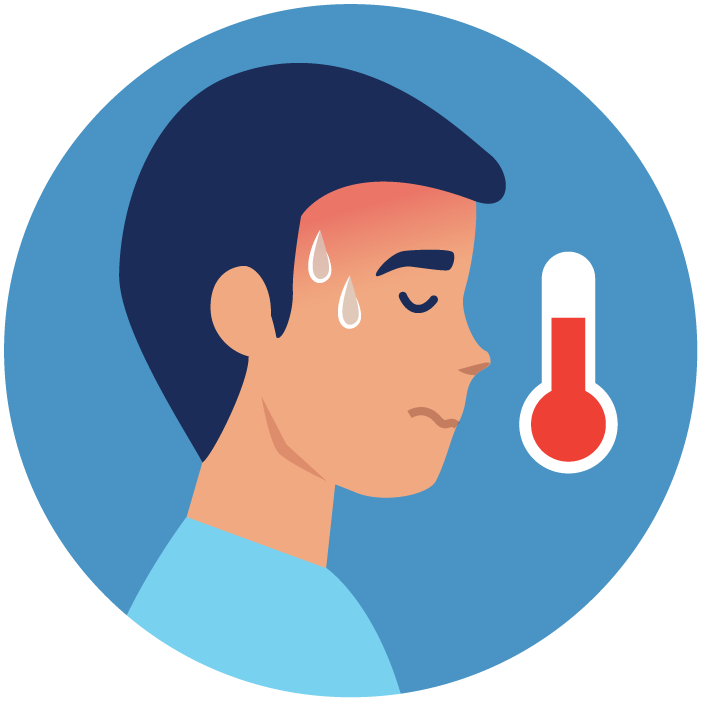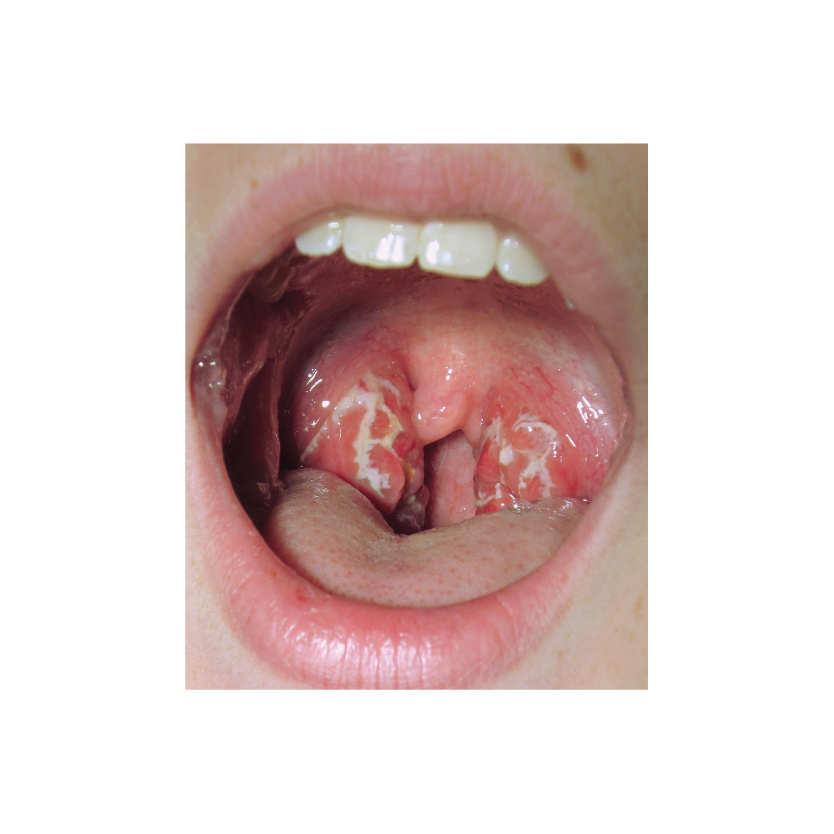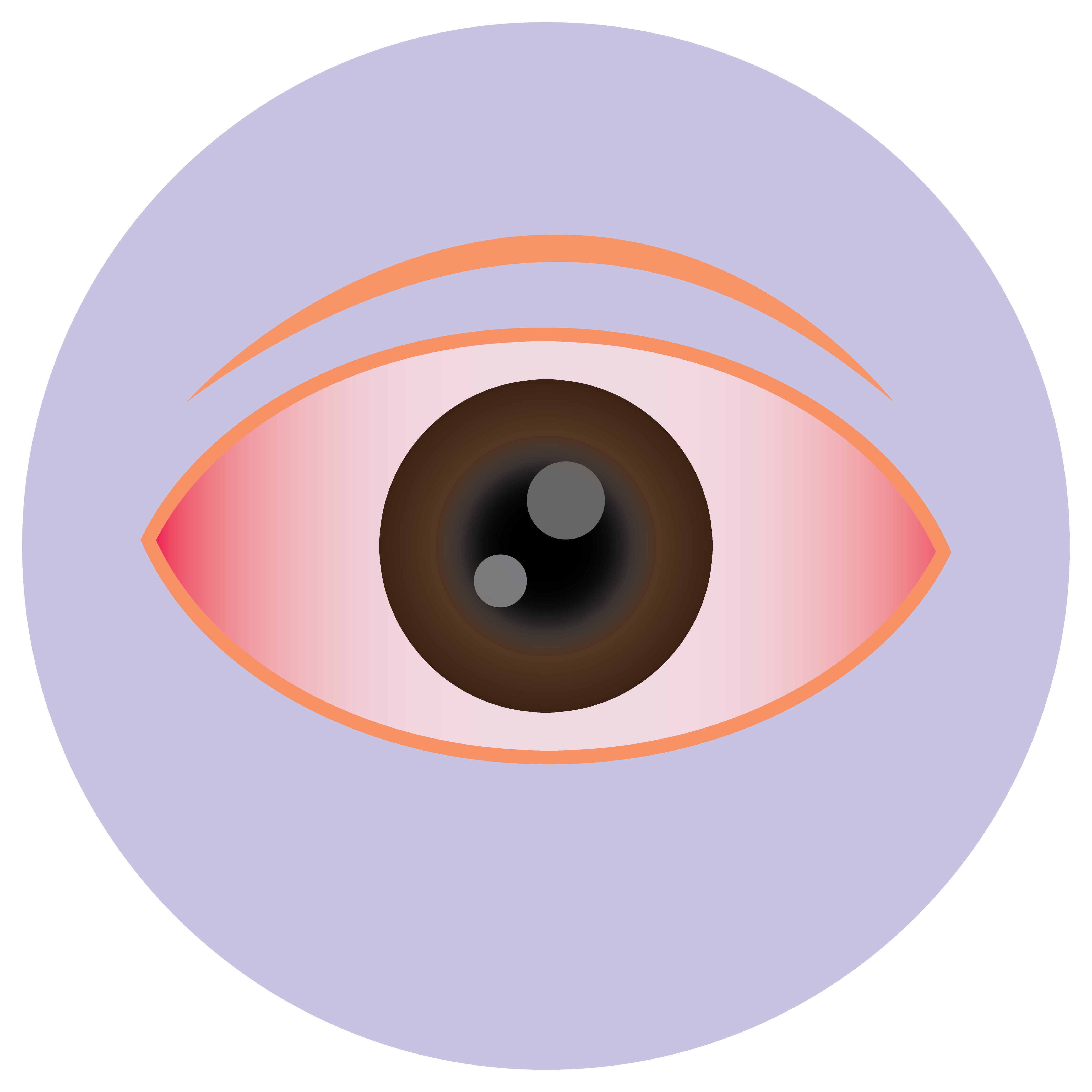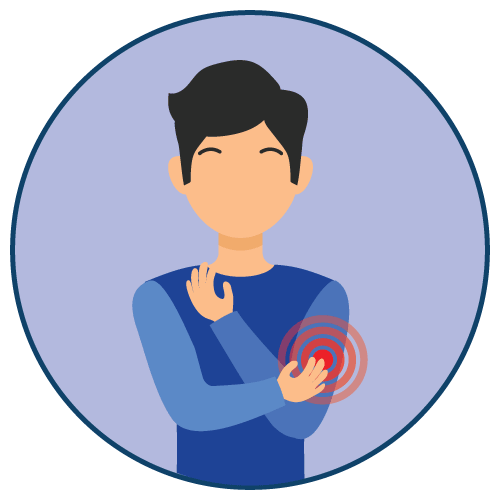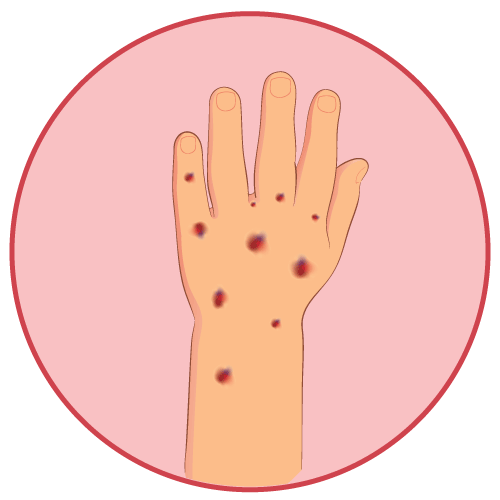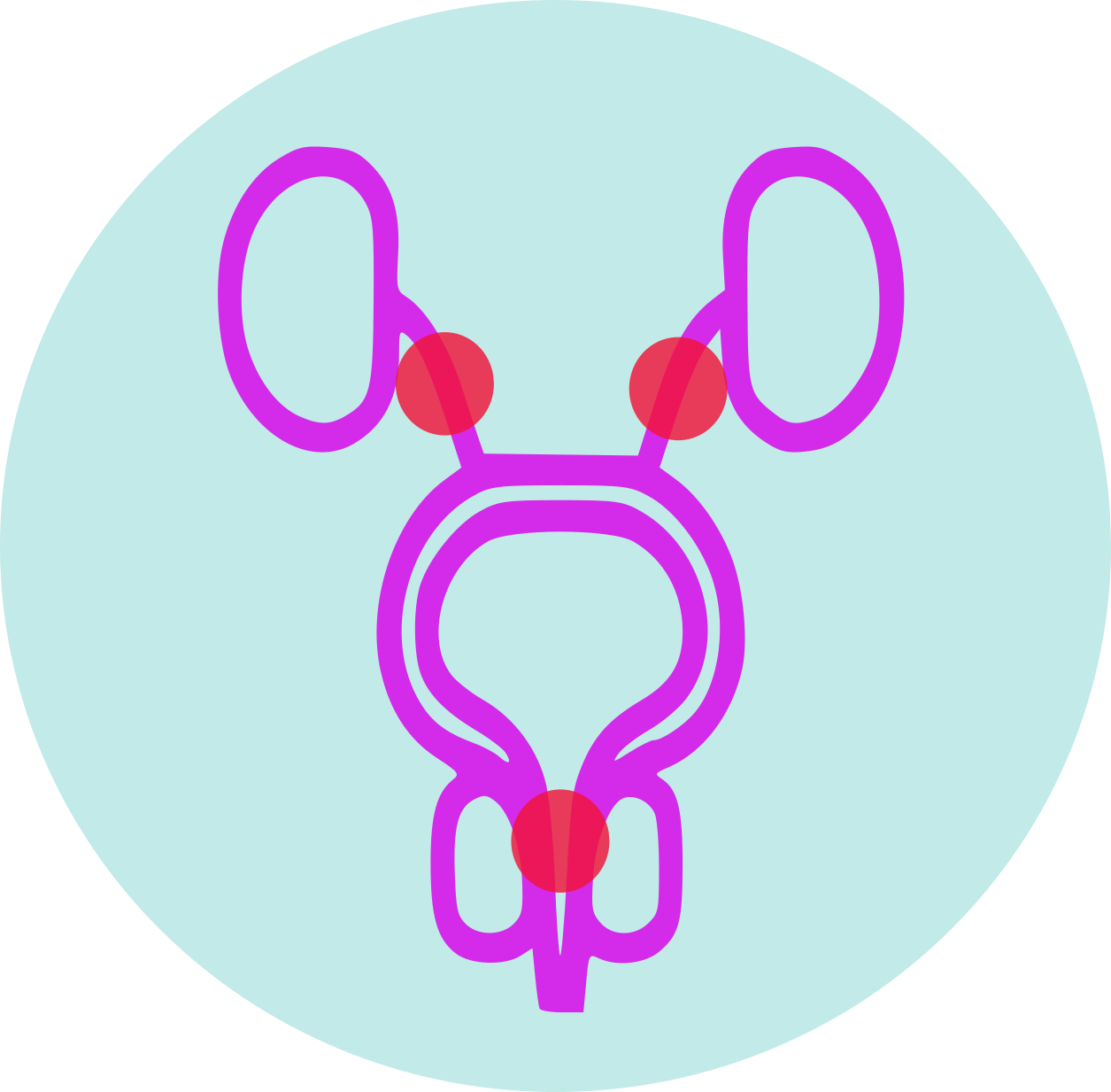| Name | Sulfasalazine |
| Classes |
Antibiotic Analgesic / Pain Killer Gastrointestinal Agent Antirheumatic Immunosuppressive Agent |
| Diseases |
Inflammatory Disease Ulcerative Colitis |
Sulfasalazine
Sulfasalazine belongs to a class of drugs called the non steroidal anti inflammatory drugs. It used to treat Crohn's disease and rheumatoid arthritis.
For the treatment of
- Crohn's disease
- Rheumatoid arthritis (as a second-line agent)
Adults: 3 to 4 g daily in equally divided doses with no more than an eight-hour delay between doses. To lessen the risk of gastrointestinal intolerance, it is sometimes preferable to start therapy with a lower dose, such as 1 to 2 g daily. If daily doses greater than 4 g are required to obtain desired benefits, keep in mind the increased risk of toxicity. Children aged six and up: 40 to 60 mg/kg body weight divided into three to six doses during a 24-hour period.
Maintenance Therapy:
- Adults: 2 g daily.
- Children six years of age and older: 30 mg/kg body weight in each 24-hour period, divided into 4 doses.
Commonly associated side effects include-
- Fever
- sore throat
- eye irritation
- Allergies
- swollen glands
- muscle aches
- severe weakness
- Follow doctor's instructions about any restrictions on food, beverages, or activity.
- Taking sulfasalazine can make it harder for your body to absorb folic acid, and folic acid helps prevent major birth defects of the baby's brain or spine. One may need to take folic acid supplements if one takes sulfasalazine during pregnancy.
- If he/she has porphyria, a blockage in the bladder or intestines, or if he/she is allergic to sulfa medications, aspirin, or other salicylate-like medicines, he/she should avoid taking sulfasalazine.
Contraindication
- Contraindicated in patients hypersensitive to the medicine itself or other sulphonamides such as-
-
Contraindicated in patients hypersensitive to salicylates, such as-
There's no known contraindications of the drug in terms of food and drinks.
Contraindicated in patients with-
- Porphyria
- Intestinal/ urinary obstruction
 Bangla
Bangla English
English